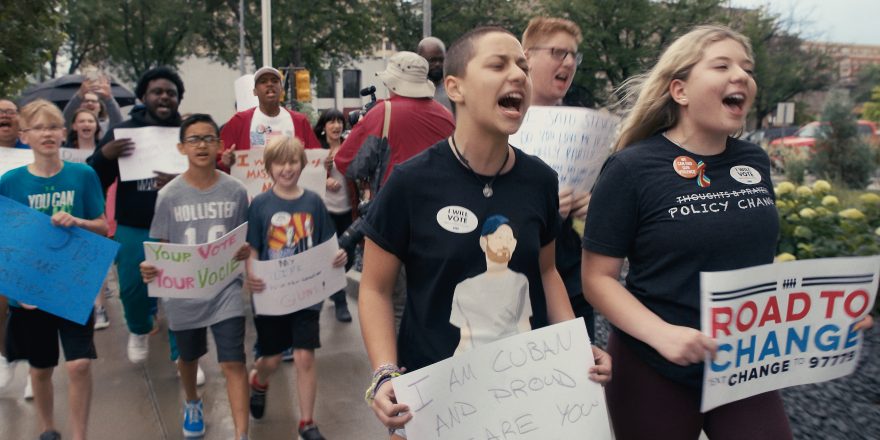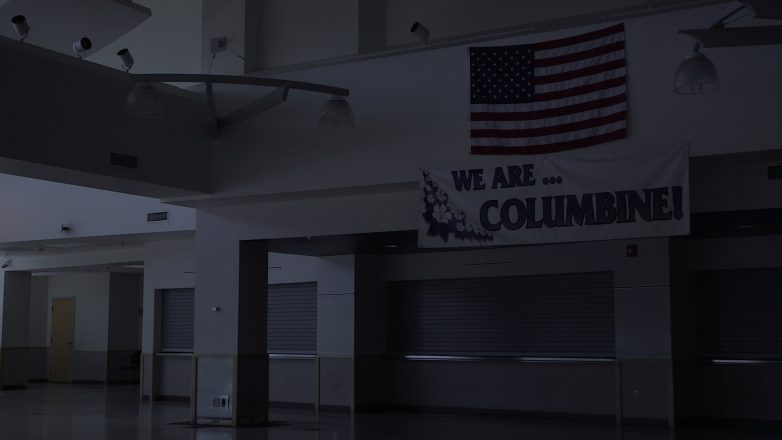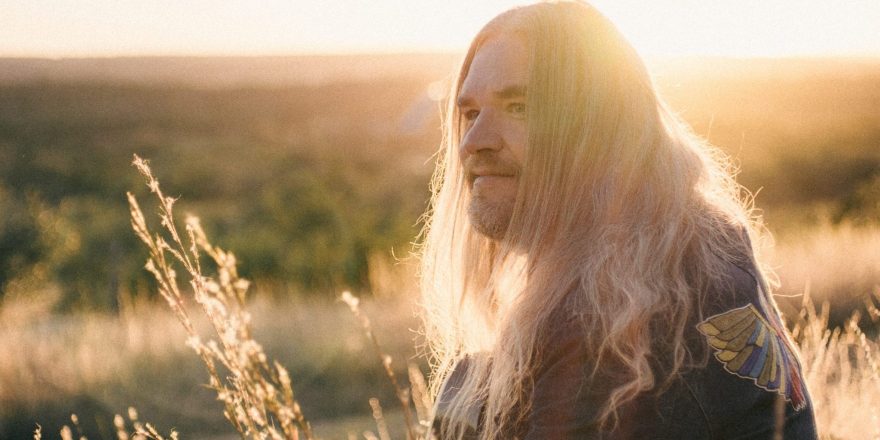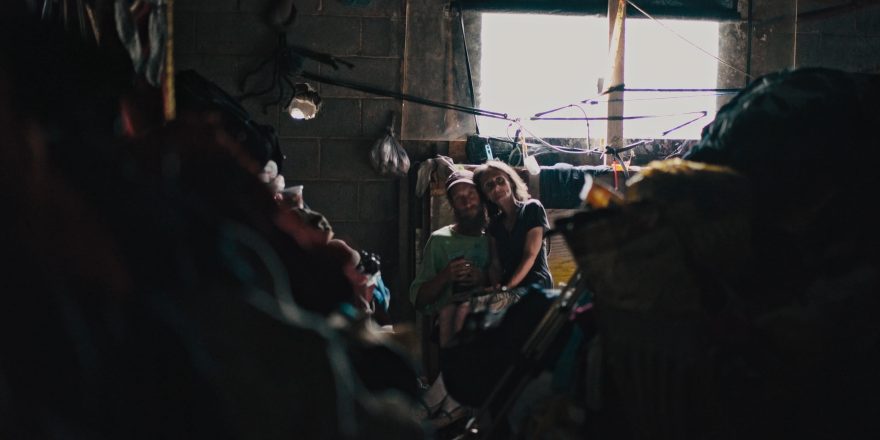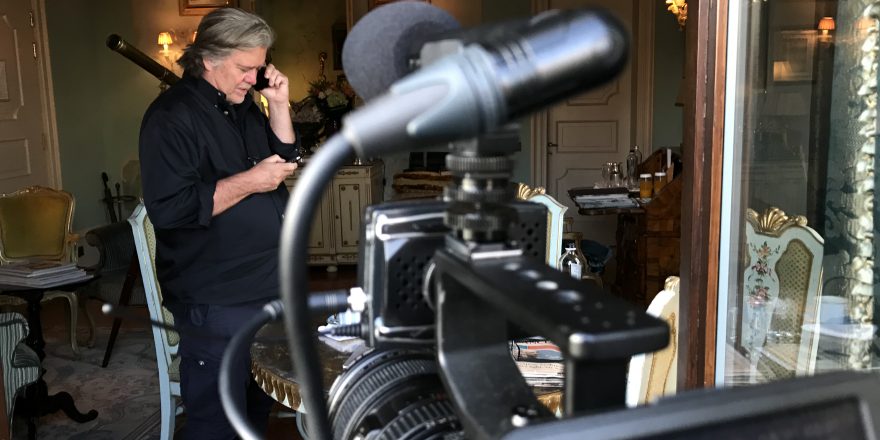As a documentarian steeped in the art of vérité filmmaking, capturing hundreds of hours of footage and spending years on each project, I spend a large portion of my life chronicling the lives and memories of others. However, it is more often the countless moments that happen off-camera which remain most indelibly etched in my memory.
Five years ago, I sat in a bar in Midtown Manhattan with the father of a six-year-old boy who had managed to escape his first-grade classroom at Sandy Hook Elementary School three years prior, one of only six kids in his class to do so. (Twenty children and six teachers were murdered in the shooting). The boy had only survived because the shooter’s AR15 jammed. The boy’s father and I had become friends after I’d made my 2016 documentary Newtown, which opened with the haunting memory of that group of survivor kids saying, “We can’t go back to that school, because we don’t have a teacher.” The father told me about the survivor kids’ PTSD – the bedwetting, the nightmares, the unknown landmines of trauma. A second-grade teacher who’d protected her students in the classroom down the hall, and who had also become a friend, shared with me the story of one little girl who, after returning to school weeks after the shooting, asked, “How do I know this isn’t going to happen to my little sister or daughter when I grow up?”
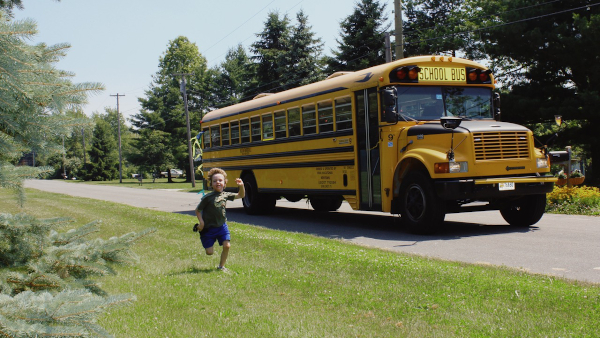
Newtown had focused on the collective grief of a town which suffered such horrific loss that many Americans thought federal gun laws might finally be meaningfully rewritten, so an event like that would never take place again. That legal reform did not happen. Indeed, in just the first four months of 2021, there have been more than 160 mass shootings. And while mass shootings receive the bulk of media attention, they only account for approximately two percent of all gun deaths. Most of us can no longer remember the countless names of cities and towns across America which have since been blighted by mass shootings. Even after having spent the bulk of the last eight years of my life chronicling these stories in a deeply personal way, I too worry about becoming inured to the epidemic health crisis of gun violence in America. Last year, despite the pandemic leading to a decrease in mass shootings, more than 40,000 people died in the U.S. from gun violence – more than any year in the past two decades. In the midst of nearly 600,000 people dying in the U.S. from COVID-19, it feels as if American society has simply accepted the cheapening of human life.
I, like my Newtown survivor friends, have become an accidental activist. I knew little more about the issue of gun violence than any average citizen when I found myself, by happenstance, in Newtown only weeks after their tragedy. I was there to interview Father Bob Weiss, who had just buried eight of his child parishioners. I later directed a short film, Lessons From a School Shooting: Notes From Dunblane, about Father Bob and the poignant friendship he forged across the Atlantic with another priest – Father Basil O’Sullivan from Dunblane, Scotland – who’d experienced a similarly awful situation after an elementary school shooting in 1996. (The Dunblane massacre resulted in radical reform of gun laws in the U.K.) It was not the issue of gun reform that initially compelled me to make Newtown, it was rather the emotional terrain of trauma. I was inspired by films like Ordinary People and Atom Egoyan’s The Sweet Hereafter, which both focus on families coping with PTSD and the aftermath of unthinkable loss.
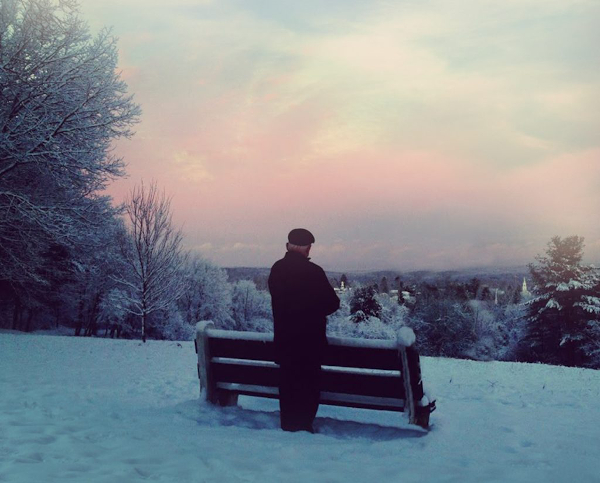
After four years, though, I felt done. It was hard and deeply sad, and I needed to move on with the body of my film work. However, there were gnawing questions the Newtown experience had left me with which I hadn’t been able to answer: How many kids were there who were suffering from the profound trauma of gun violence in communities across the country? And what was the cost of a nation of increasingly traumatized youth?
In February 2018, as fate would have it, I was developing another documentary project in Florida when the Parkland shooting happened on Valentine’s Day. I found myself standing on the steps of the Tallahassee capital with my film crew when busloads of traumatized, angry students from Marjory Stoneman Douglas High School arrived, following the murder of 17 of their classmates. They were demanding change from their state lawmakers and they seemed to be breaking the maddening repetition of the narrative around gun control in the U.S. That day marked the birth of a new youth movement and the beginning of my film Us Kids.
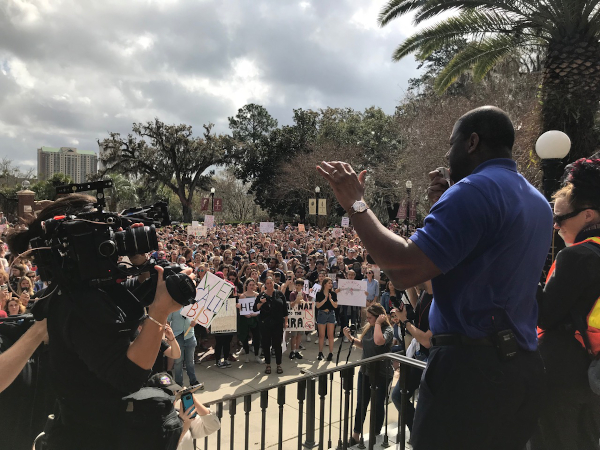
As I looked out at the growing mass of young faces assembling that day, I thought about the Newtown elementary school survivors who were now middle schoolers, mostly suffering in silence six years on from their own nightmare. I was reminded of the power of unfettered teenage rage and the energy of sheer will which I felt during my own rebellious adolescence. Here was a group of adolescents ready to spin us in a different direction, as the Parkland shooting ignited both frustration and fortitude amongst a generation facing a perilous and uncertain future. Not unlike the young people who protested the Vietnam War, these “kids” were furious, scared and disgusted by the apathy of an adult world which appeared to be doing nothing to honor their fallen friends or to prevent their own potential deaths.
Witnessing the courage of survivors who transformed their grief and rage into something constructive, I felt a sense of hope. As high schooler Cameron Kasky says in Us Kids, to a group of adult male skeptics wielding AR15s in Houston, Texas, who accused him of becoming a political pawn, “All I know is that I have to make sure that when my friend died, he didn’t die in vain.”
That summer, we followed the Parkland kids from Chicago, across the prairies, and through canyons of the Southwest, to Las Vegas, the site of the 2017 mass shooting which took the lives of 60 people and wounded 411 others. Despite being exhausted after six weeks on the road, they were on the bus, studying up on Nevada gun laws and how much money the state’s Senators had taken from the NRA. I think about where I was the summer after my own senior year of high school – graduation parties, waitressing at the beach with friends, drinking beer on a hot summer night, practicing our latest dance moves to Saturday Night Fever, fantasizing about collegiate life. We had the privilege of just being teenagers, rather than young activists. As Cam Casky notes in Us Kids, “Doing it because you want to and doing it because you feel like you have to are two very different things.”
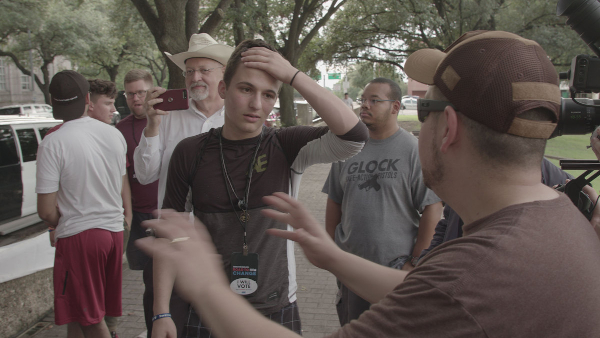
I circle back to another memorable off-camera moment with Samantha Fuentes, who survived being shot four times with an AR15 in her Holocaust studies class in Parkland. After a two-month tour following the historic March for Our Lives, we arrived at our last stop – Newtown – where we’d arranged for “Us Kids” to have a meal with people from the community. One of those Sandy Hook first graders who’d escaped was there, now 13. After Sam had shared her story, the 13-year-old survivor finally spoke her piece. On the way home that night, Sam received a text from her saying that she had now finally found a role model, a rare person who understood how she felt.
I recently organized a post-screening Zoom with a number of student activists in Sonoma, California. (There are hundreds of remarkable young activists like them who I’ve met since Parkland.) During the conversation, I asked them whether, as gun violence is escalating once again, they were becoming more numb or more sensitized to it? Christopher Lopez, a quiet and thoughtful high school junior, told us how he spends most of algebra class “daydreaming” elaborate details of what he will do when the shooter comes, and if and how he will survive. I daydreamed all the time in Algebra class, to be sure, but not about that. There are now way too many Sams and Christophers, young people who do not have the luxury of being numb or becoming desensitized. These young voices do not have the luxury of becoming numb to a plague which affects countless dead or traumatized youths each year, and therein lies the hope for a country whose fate now seems to hang in the balance.



